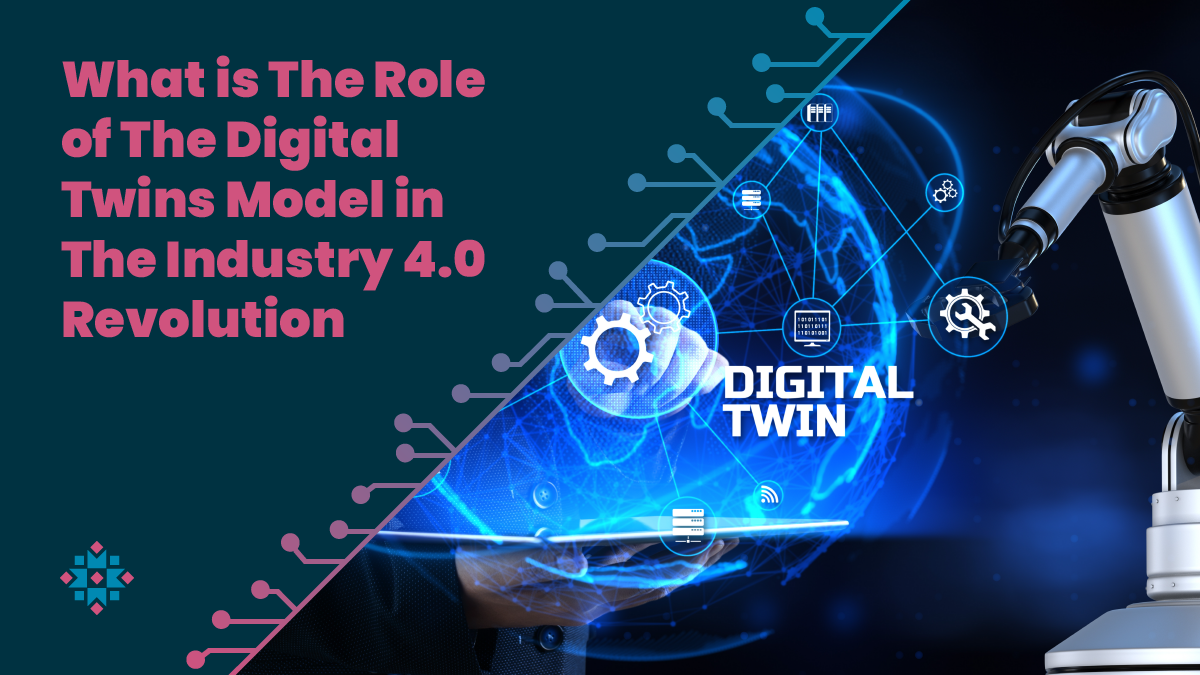The concept of a digital twin has been around since 2002. However, it has only recently become cost-effective to execute thanks to the Internet of Things (IoT). The internet has been buzzing with the catchphrase “Digital Twin”. It assists bridge the gap between the physical and digital worlds in the age of Industry 4.0. The digital twins model is a living, breathing virtual representation of a physical product. These models serve many purposes, but they all provide a strong link to the product for diagnostics and design adjustments. Digital twins are increasingly being used by businesses to enhance their products in ways that were before unthinkable or unachievable.
But before businesses appreciate the advances of digital twins, they should be familiarized with the core meaning behind the term.
A digital twin is a virtual reproduction of a physical product, process, or system at its most basic level. It uses sensors to capture real-time data on a tangible item. It then acts as a link between the physical and digital worlds. Afterward, this information is used to build a digital copy of the thing. The copy may subsequently be comprehended, examined, altered, and optimized. Virtual prototyping, hybrid twin technology, virtual twin, and digital asset management are some of the other terms that have been used to characterize the technology over the years.
A digital twin is constructed from the ground up by experts, usually in data science or applied mathematics.
These programmers investigate the physics that underpins the physical object or system being emulated. Then use that information to create a mathematical model that replicates the real-world original in virtual space.
The digital twins model is designed to take input from sensors that collect data from a real-world equivalent. This enables the twin to imitate the physical device in real-time, providing information on performance and potential issues. The twin could also be built on a prototype of its physical counterpart. Therefore, it can provide input as the product is refined; in this case, the twin could even act as a prototype before the real version is constructed. Moreover, a digital twin can be as complex or as basic as one prefers. The amount of data used to create and update digital twins defines how accurately it is imitating a physical object.
Digital twins are masterminds that can help businesses worldwide innovate and perform better.
The role of digital twins is to provide value in the form of lower maintenance costs, faster time to market, and better product management. Companies can easily integrate digital twins into their manufacturing process as technology advances and new ideas emerge. While digital twin technology is predominantly employed in manufacturing, operational processes still adapt to the industrial revolution, thus, they are rapidly changing.
And soon Digital Twins will be an unseparated part of the future of businesses.
Implementing them in hospitals or commercial real estate facilities, for example, has the potential to benefit not only building administrators or owners, but also the people who work and live there. In this way, they can be used to solve huge challenges and create long-term value by taking a people-centric approach, then looking at problems and context, and ultimately adding IT systems and linked devices.
Digital twins are the next stage in the digital journey for enterprises and organizations that currently employ IoT. They can be used to increase efficiencies, optimize operations, discover problems before they happen, and even invent new products in the future.
Contact us, if you want to learn more about how the digital twins model can benefit your company. You can also look at our full portfolio of services!


